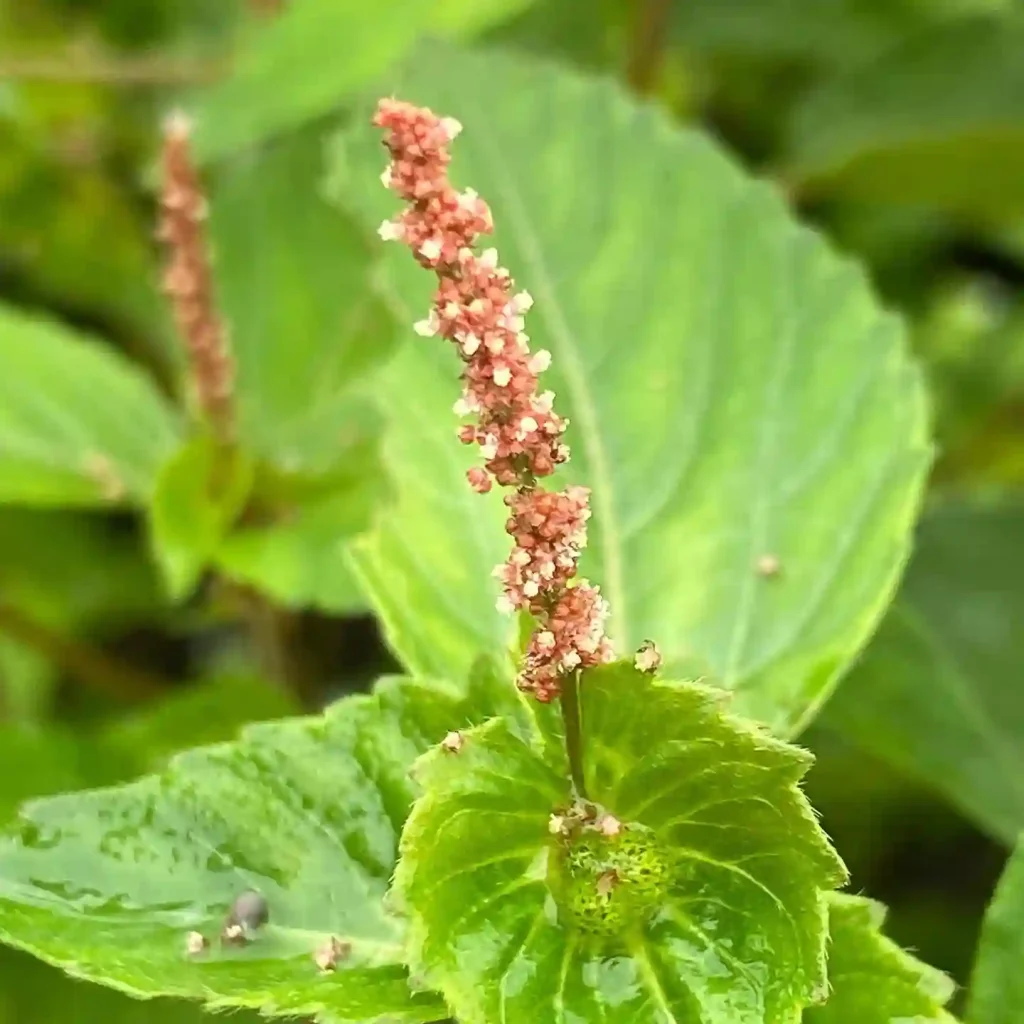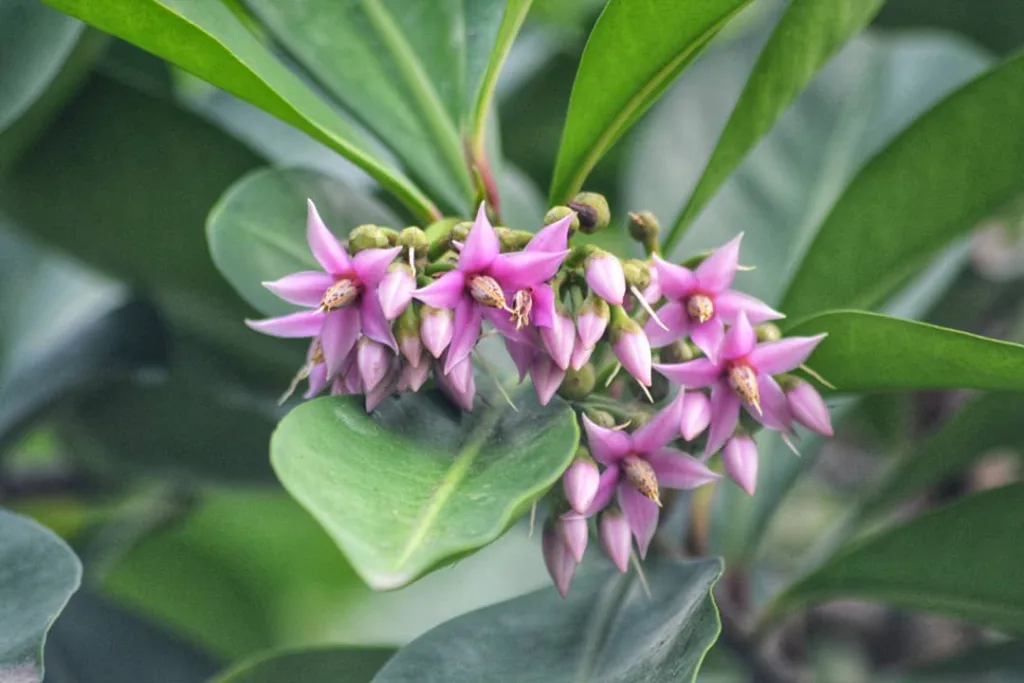Ferb Vu’s Deep Dive into a Unique Plant Family
As a botanist, I’m constantly drawn to the intricacies and oddities of the plant kingdom. One family that has always held a special allure for me is Garryaceae. This small but captivating family boasts distinctive characteristics, intriguing evolutionary history, and a unique ecological niche. Let me share my insights into this remarkable group of plants.
Garryaceae: An Overview
Garryaceae is a small family of flowering plants, comprising only two genera: Garrya and Aucuba. These plants are primarily shrubs or small trees, characterized by their evergreen leaves, unisexual flowers, and distinctive fruits. The family is native to the temperate regions of North and Central America, as well as parts of East Asia.
Genera of Garryaceae:
- Garrya: This genus includes around 13 species, commonly known as silk tassel bushes or quinine bushes. These plants are dioecious, meaning they have separate male and female plants. Their most striking feature is their long, pendulous catkins, which bear tiny, apetalous flowers. Garrya species are often cultivated for their ornamental value, with their elegant catkins providing a unique visual appeal.
- Aucuba: This genus consists of about 3 to 10 species, commonly known as spotted laurels or Japanese laurels. These plants are also dioecious, with inconspicuous flowers borne in clusters. Aucuba species are valued for their attractive foliage, often variegated with yellow or white spots. They are popular ornamental shrubs, especially in shady areas.
Unique Features of Garryaceae
Garryaceae plants exhibit several distinctive features that set them apart from other families:
- Unisexual flowers: The flowers of Garryaceae are unisexual, meaning they are either male or female. This characteristic is relatively uncommon in flowering plants and contributes to the unique reproductive biology of the family.
- Apetalous flowers: The flowers of Garryaceae lack petals, a feature that further distinguishes them from most other flowering plants. Their reduced floral structure is thought to be an adaptation for wind pollination.
- Distinctive fruits: The fruits of Garryaceae are berries or drupes, often with a fleshy or leathery outer layer. They vary in color, ranging from black or purple to red or orange. These fruits are an important food source for birds and other wildlife, aiding in seed dispersal.
Evolutionary History of Garryaceae
The evolutionary history of Garryaceae is shrouded in some mystery, but recent molecular studies have shed light on their relationships with other plant families. Garryaceae is now placed in the order Garryales, along with the family Eucommiaceae. This order is thought to be an early diverging lineage within the asterids, a large group of flowering plants that includes sunflowers, tomatoes, and coffee.
Ecological Importance of Garryaceae
Garryaceae plants play an important role in their respective ecosystems. They provide food and shelter for a variety of wildlife, including birds, mammals, and insects. Their evergreen foliage offers year-round cover, while their fruits serve as a valuable food source, especially during winter months.
Conservation Concerns
While Garryaceae is not currently considered a threatened family, some species within the family may face conservation concerns due to habitat loss and fragmentation. It’s important to protect and conserve these unique plants to ensure their continued presence in our ecosystems.
My Fascination Continues
As a botanist, I find Garryaceae to be a truly fascinating family of plants. Their unique characteristics, evolutionary history, and ecological importance make them a subject of endless intrigue. I look forward to further exploring this remarkable family and unraveling more of its secrets.
Remember: The Garryaceae family, with its distinctive genera Garrya and Aucuba, represents a captivating corner of the plant kingdom. Their unique features, evolutionary history, and ecological significance warrant further exploration and appreciation. Let’s continue to learn and marvel at the wonders of Garryaceae.
If i die, water my plants!



